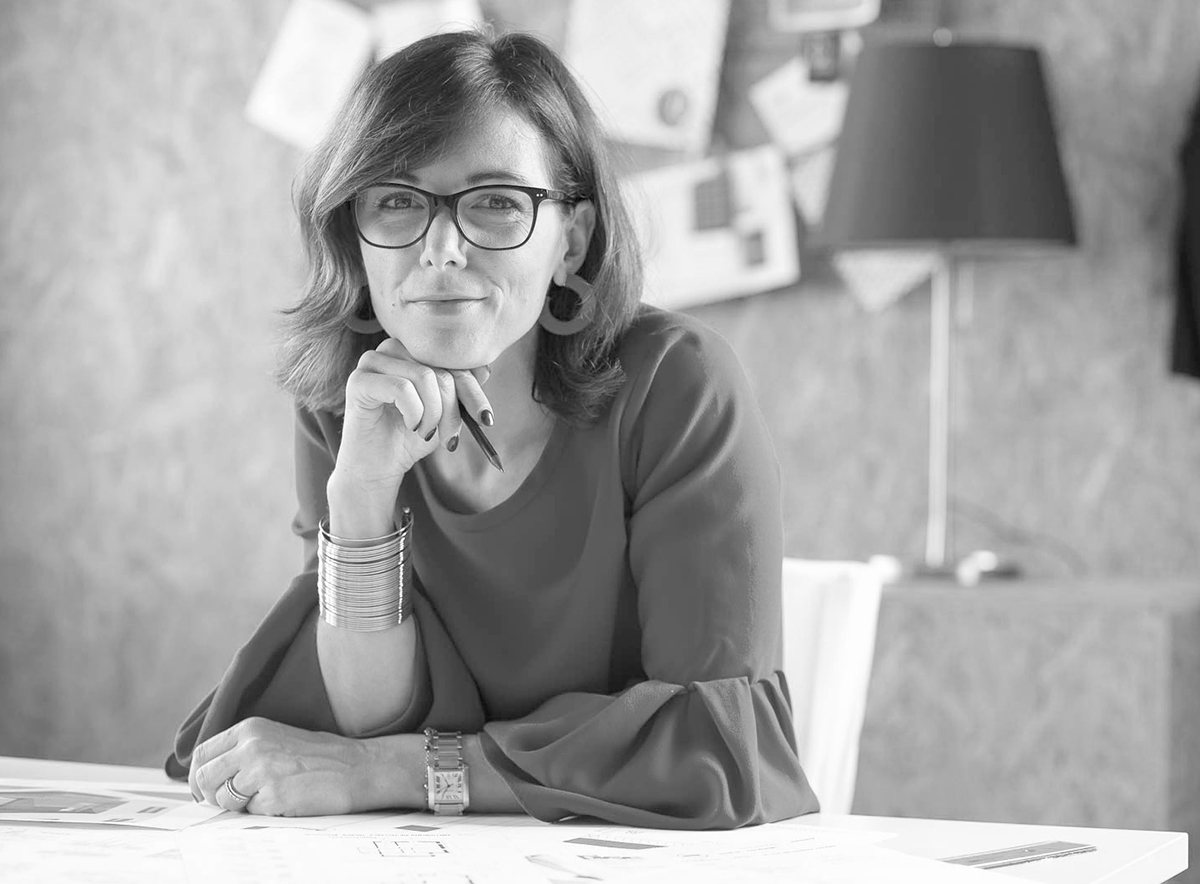
How important are the objects in a home? So very important. More than we imagine.
Each one has an intrinsic meaning going beyond its function or aesthetic value.
It is that sense of belonging and mutual possession that every object sparks in those who own it. The relationship with things is a necessary condition to connect to the dimension of ourselves in the universe. Objects are made by people and for people, taking form through imagination and creativity. From necessity to beauty. The process is poetic and yet it is ephemeral.
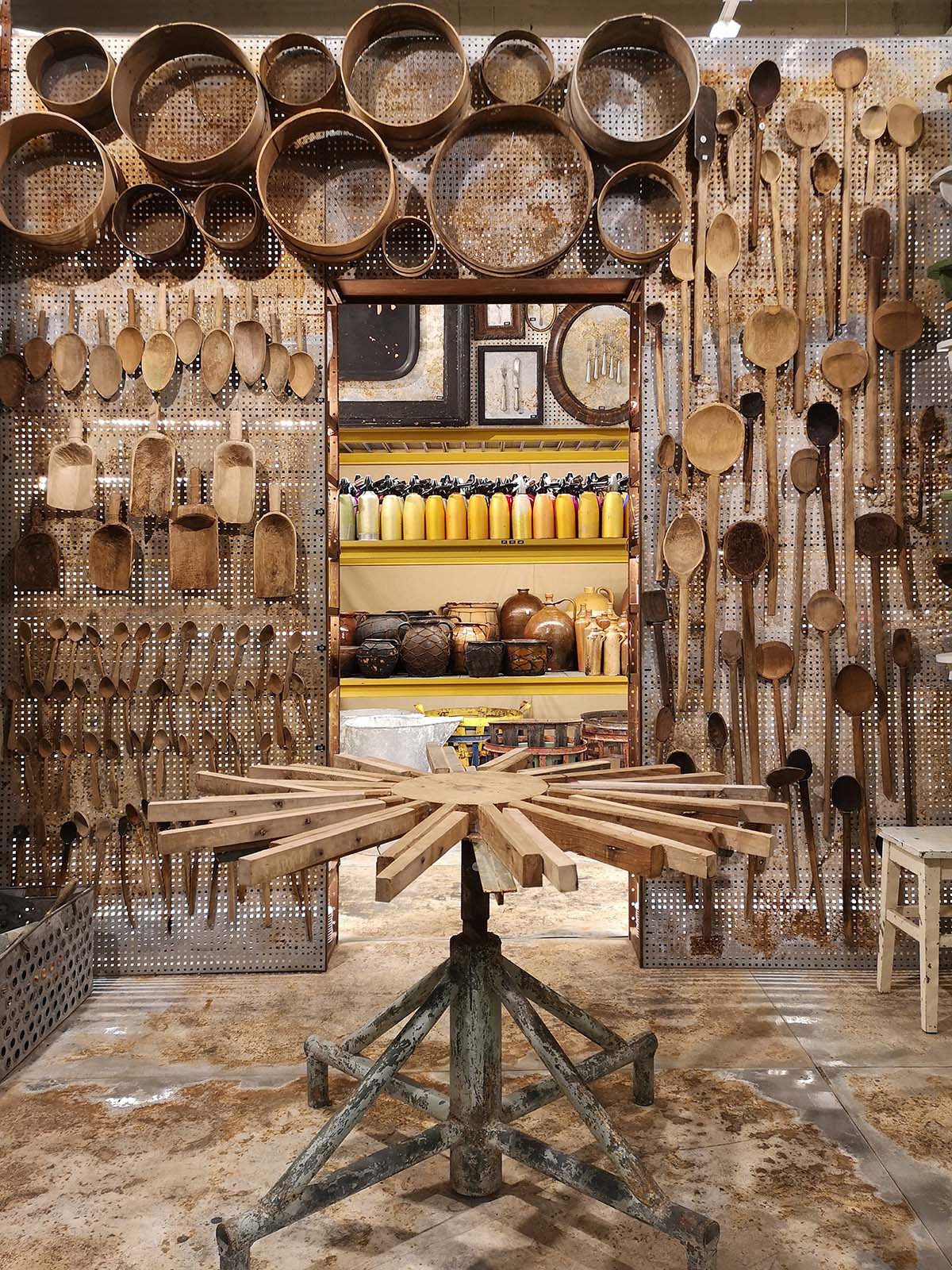
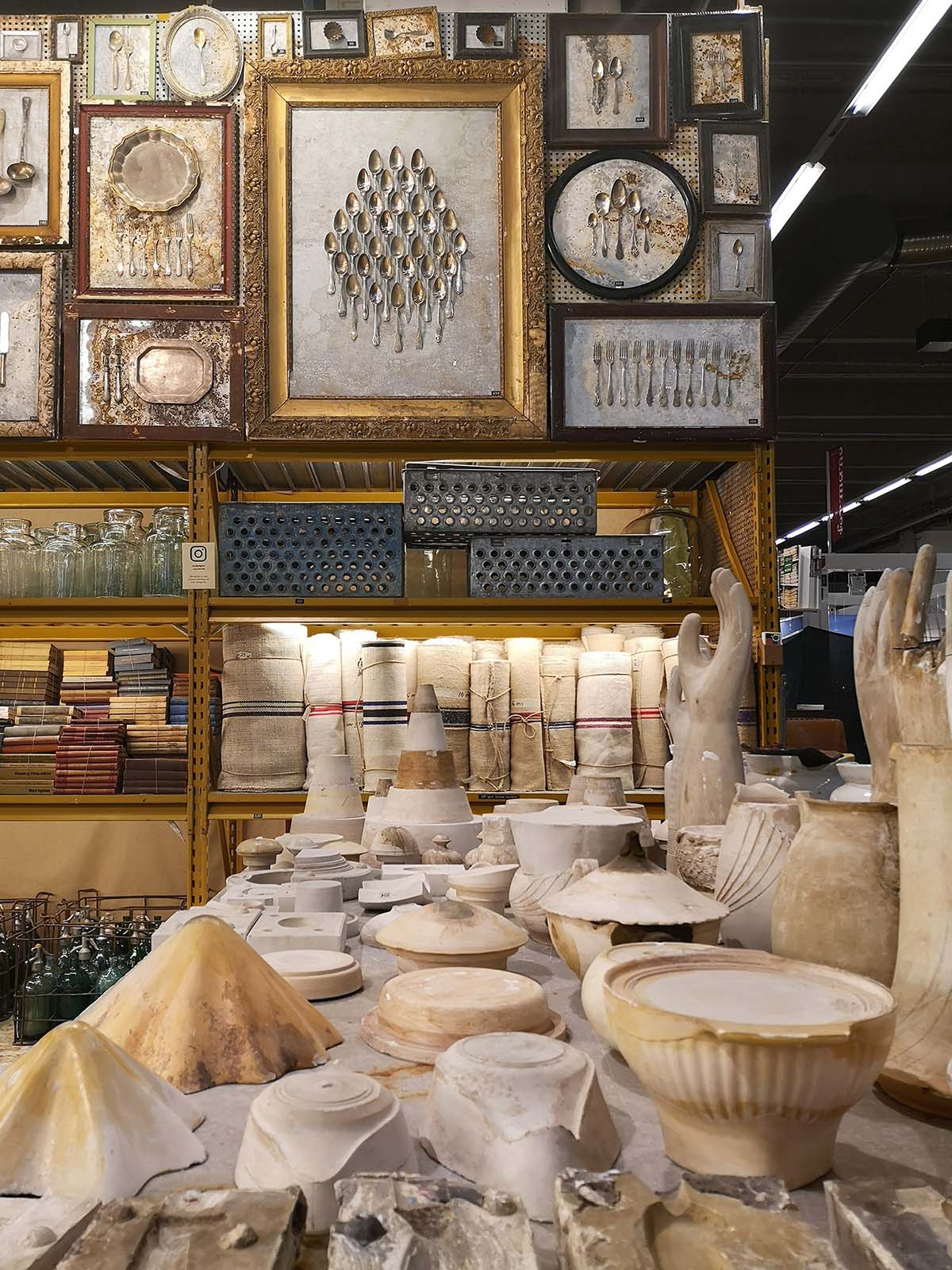
We collect objects to own what we need. Is that really so or is it a compulsive act of an aesthetic nature seeking to give style to the places we live, to fill our homes? Objects in our homes speak about us, they tell us who we are. And they say something more: they tell us what we like, what our tastes are. I like to think that every object has its own story. There are things that have always belonged to us, such as our grandmother’s cutlery, and others that came into our lives gradually, over time. There are things from the past that remind us of experiences we have had.
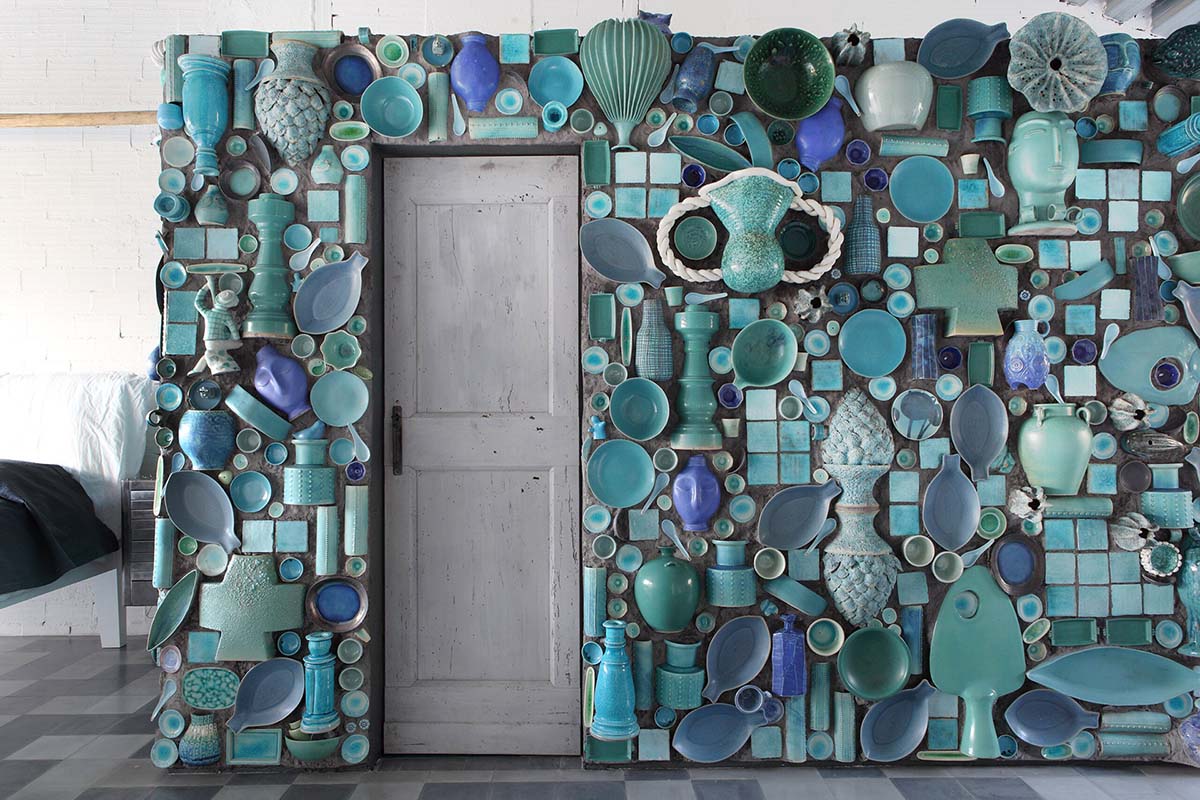
There are things that were given to us as gifts for special occasions. If we look at them indirectly, they symbolize our perception of ourselves through others. When we are given a vase it is certainly not because of necessity. Most times it is because we have a style that is attributed to us. How often does it happen that a gift misses the mark?
And then there are the things we have bought, chosen, carefully selected. These things represent our present, our self. They are things that reflect our taste and spark pleasure and enjoyment. It is rather like choosing a dress because it suits us. We have to feel that it is right for us, feel satisfied when we look in the mirror. This exact same mechanism happens every time we put an object in our home. The color, shape, function, and materials constituting every item together give it its identity and make it different from others. It is important where we place it, its relationship with other objects, where it is seen or not… have you ever re-arranged things in your house? By changing the position or order of things in a space, you change the entire perception of the place.
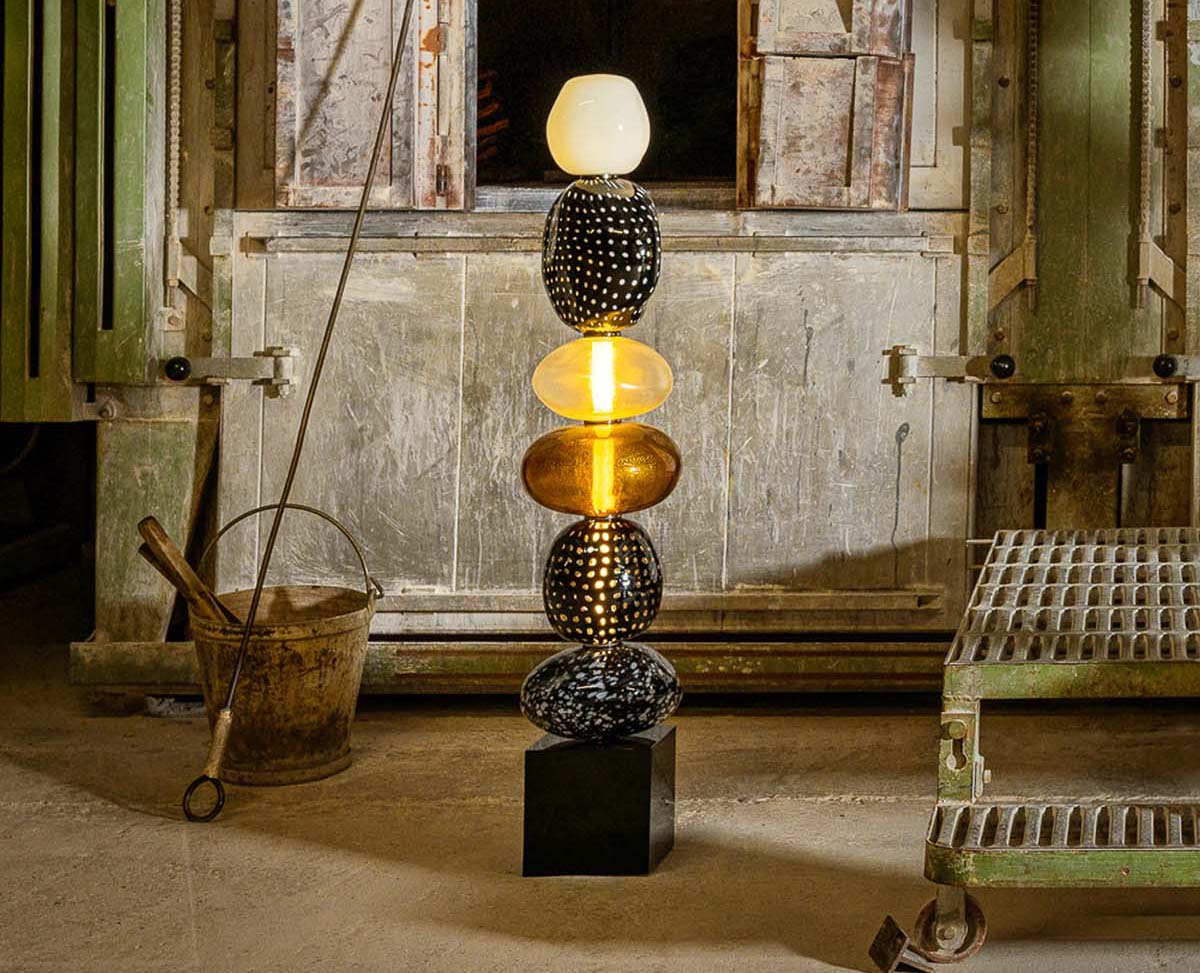
The home is made of harmony between empty and full space, between colors and lights, functions and relationships. I sometimes ask my clients to tell me about an object they could absolutely not do without and then choose one that they would want to throw away. It is funny to see how completely different their answers are though they share similar motivations: we want to keep things that have a symbolic value that inspires a moment of happiness or a feeling of pleasure. This is a pleasure that is visually gratifying, a kind of aesthetic comfort. The thing we want to get rid of is something that provokes unease or discomfort because we don’t feel that it suits us or our lifestyle. Collecting all this information, we realize how much we need to see ourselves in the things that surround us. It is “knowing ourselves” through objects and things – an ever-evolving autopoiesis, making ourselves known in a system that is always redefining itself.
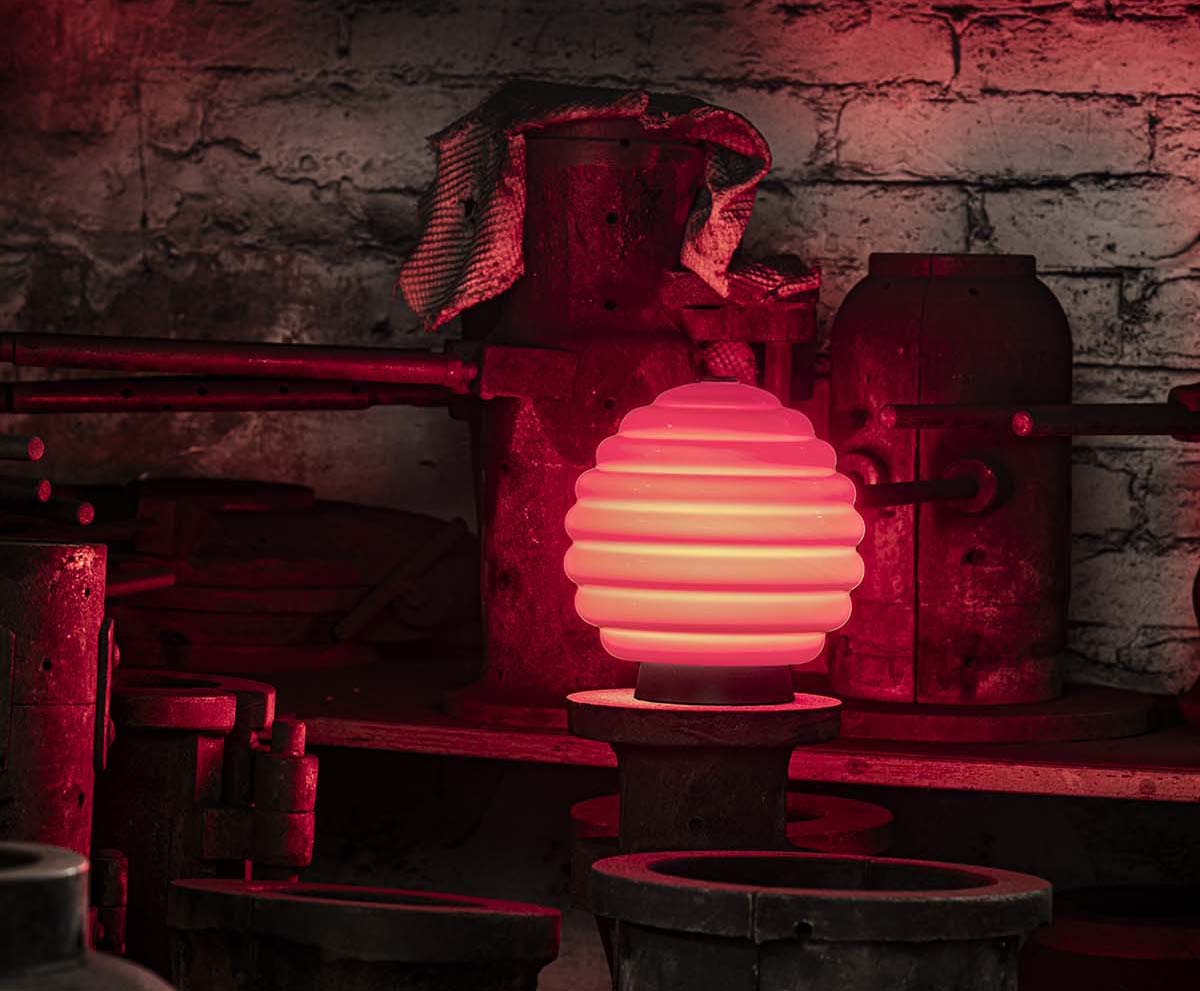
Carla Palù is an architect and interior designer with an anthropocentric approach. With a bachelor’s degree in architecture and a master’s degree in interior design, she trained at a renowned Berlin architecture firm, worked for one of the largest Italian fashion groups and collaborated with some of the most important architects on the international scene, such as Jean Nouvel, Aldo Cibic, Livia Tani. In 2014 he opened the studio Cù Design, with an innovative approach to the profession, based on conscious architecture and a system of understanding and design rooted in psychology. He founded an academy and today collaborates with several professional orders and and foundations throughout Italy.
